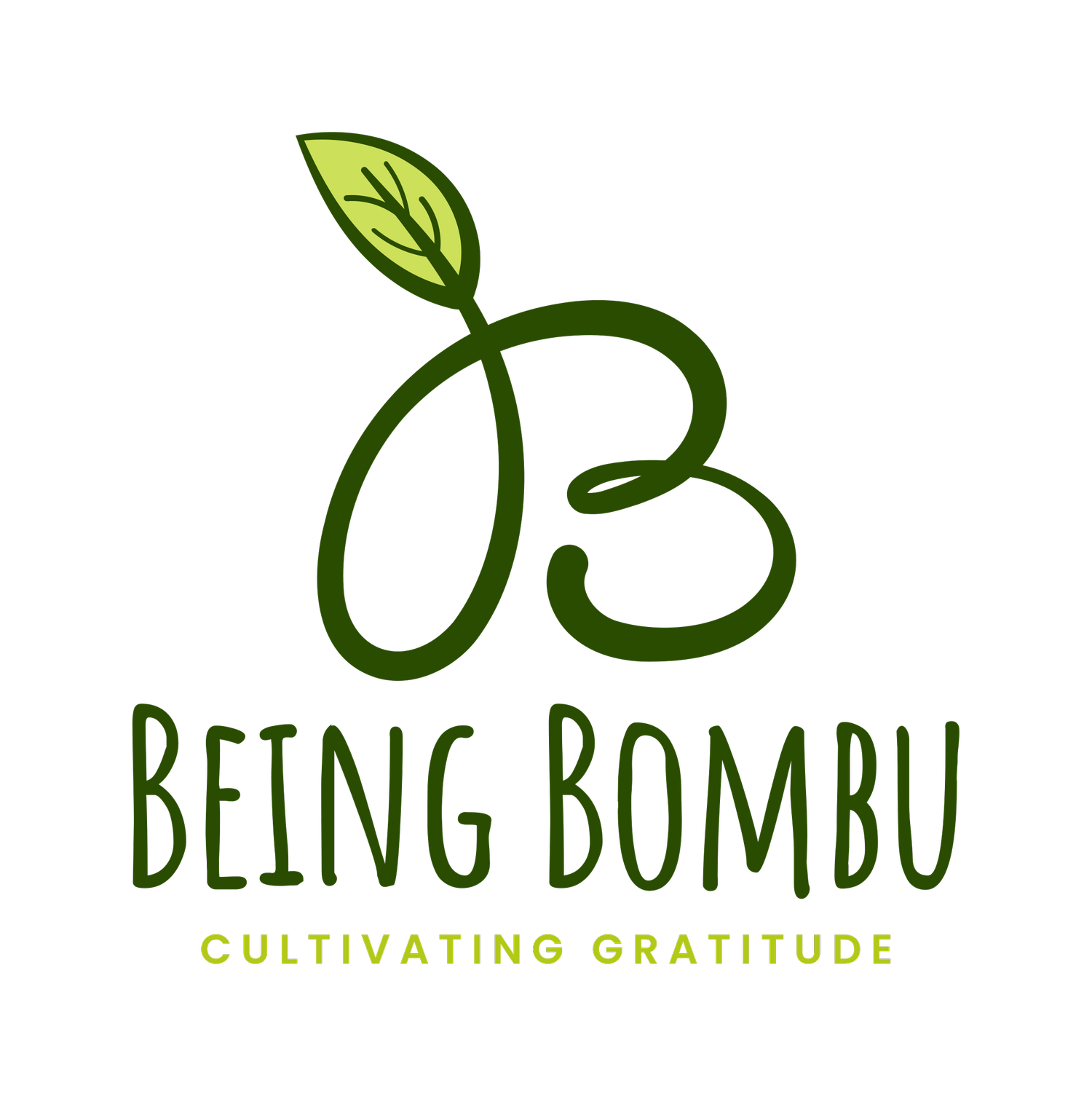It’s Hanamatsuri! Happy Birthday, Buddha!
Birthdays come but once a year and while they are always special, there is one very special birthday that brings together Buddhists from all around the world. Every spring, Jodo Shinshu followers join with Buddhists from other traditions to celebrate the birth of none other than Shakyamuni Buddha (Siddhartha Gautama) himself. Over 2500 years ago, his birth set in motion a chain of events that would lead to the founding of what we today broadly call Buddhism. We call this commemoration Hanamatsuri (sometimes spelled Hana Matsuri). Though I was not able to attend this year due to a health issue, it is one of my personal favorite Buddhist celebrations of the year - second only to Obon (which I will be writing about soon enough).
Hanamatsuri is the Japanese name for the celebration. It translates to "flower festival", a phrase that is beautifully descriptive of both its history and its current customs. This vibrant and joyous holiday is celebrated by many (but NOT all) Buddhists, including Jodo Shinshu practitioners, on April 8th each year. When the 8th falls on a weekday, most temples opt for holding the festivities on the weekend either before or after. According to the legend, at the moment of the Buddha’s birth, flowers rained down from the heavens and a perfume filled the air. Thus we commemorate his birth around the world with flowers, festivals, and, of course, food. While the core purpose remains the same – to honor the Buddha – the ways Hanamatsuri is celebrated differ between Japan, Western Buddhist communities, and other Buddhists sects and schools around the world.
In Japan, Hanamatsuri tends to be a modest, if not personal celebration. In many parts of the world, however, it is a full-fledged festival brimming with color and tradition. Buddhist temples become canvases of floral beauty, adorned with cascading wisteria vines. Wisteria, with its delicate purple blossoms, symbolizes purity and humility, qualities deeply revered by Buddhists - especially those of us in Jodo Shinshu. Many homes also participate in the floral display, setting up special altars featuring statues or images of the infant Buddha. These altars are adorned with fresh flowers, particularly wisteria, and offerings of sweets and fresh fruits.
A unique and visually striking tradition is the Kanbutsu-e ceremony. Kanbutsu-e can be translated as the "bathing of the Buddha" and that is literally what we do in many of our temples. A small statue of the infant Buddha is placed in a basin of amacha, a sweet green tea, and participants are invited to spoon some of the tea over the statue. This ritual symbolizes the purification and spiritual cleansing of the Buddha. The pouring of the amacha is often done by children, adding a layer of innocence and joy to the ceremony. Another delightful aspect of global Hanamatsuri celebrations involves processions and floats decorated with flowers and depictions of scenes from the Buddha's life. What a joyful way to celebrate the birth of the Buddha!
Here in the West, Hanamatsuri celebrations tend to also be a bit more modest. Maybe it’s a Jodo Shinshu thing! Buddhist centers often hold special talks and seminars or meditation sessions focused on apsects of the Buddha's life and teachings. Yes, many Western temples also offer a Kanbutsu-e ceremony and decorate with flowers. But the focus here often leans more towards spiritual reflection and teachings compared to the celebratory atmosphere seen in some parts of the world. In Western Jodo Shinshu centers we also tend to incorporate elements from the Japanese traditions in keeping the spirit of the day. Here in Los Angeles, after the temples have their own morning Hanamatsuri services, many of the different sanghas come together for a combined celebration of Jodo Shinshu, Zen, Shingon, and other Buddhist schools.
Overall, it seems that Hanamatsuri serves as a wonderful bridge between varying cultures and generations - just like the Buddha himself. It's a day for we Buddhists worldwide to celebrate the birth of our founder, reflect on his teachings of compassion, wisdom, and the path to enlightenment, and share these values with our families, friends, and future generations. While the celebratory styles may differ, the underlying message of honoring the Buddha and his message of peace remains a unifying thread that binds Buddhist communities around the globe. If only we could bake a cake big enough!
